Discovering Sri Lanka
Kandy, Sri Lanka, July 2017

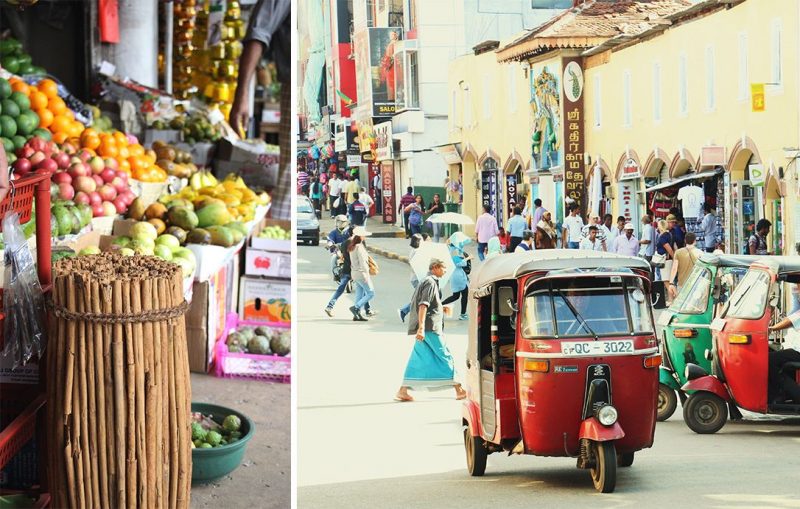
Pepper, turmeric, cinnamon, cocoa, ginger, cloves, walnut and mace, kittul sap: all these Sri Lankan spices were much coveted ever since Ancient times by Greek, Portuguese, Dutch and English sailors alike in search of spices and culinary treasures. From the Renaissance onwards, they fought ferociously for the monopoly of these spices which they traded all around the world.
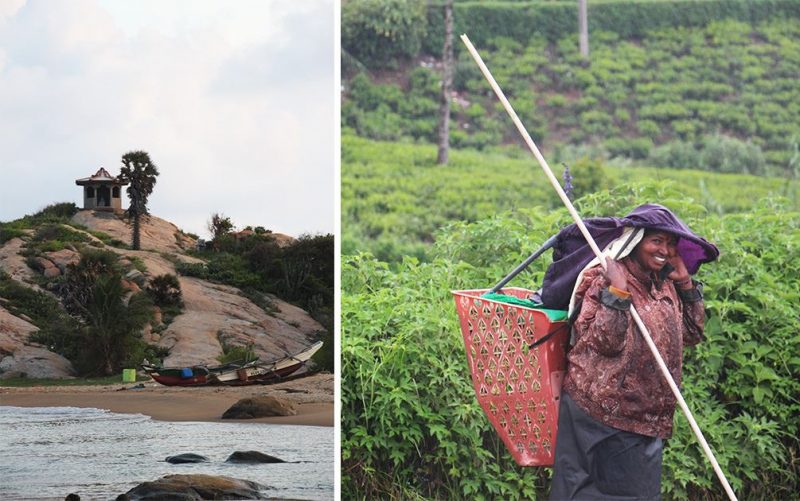
“The Spice Island” was first colonized by the Portuguese in 1505, then by the Dutch in 1658 with the Dutch East India Company and finally by the British in 1796 who brought down the last King of Kandy. The Brits created the Crown colony of Ceylon, trading tea, coffee, rubber and coconut with traces of this trading colony still present today. Spices are mainly produced in the centre of the island, in the mountainous regions which surround the towns of Habanara, Matale, Kandy and Nuwara Eliya.
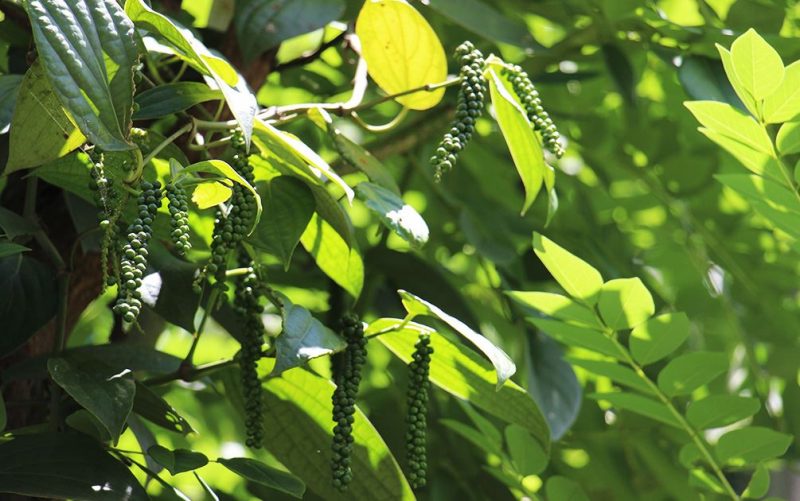
« A visit to Kandy with the mythical Temple of the Sacred Tooth Relic, home to the relic of the tooth of the Buddha! »

In the luxuriant valleys surrounding the religious capital of Sri Lanka, nutmeg is harvested from February to April. The fruit looks like unripe apricots and is harvested from a tropical tree from the Myristicaceae family (Myristica fragrans) which grows 10-15 metres high. The fine red skin which protects the stone becomes mace, whilst the seed retrieved from inside is what’s commonly known as nutmeg.
In the 15th century, nutmeg was only found in the Moluccas archipelago in Indonesia, on the volcanic islands of Banda. For many years they were much sought after by the European colonial powers. The Portuguese were the first to colonize the Indonesian archipelago in the 16th century followed by the English with their East India Company and the Dutch with their Dutch East India Company.
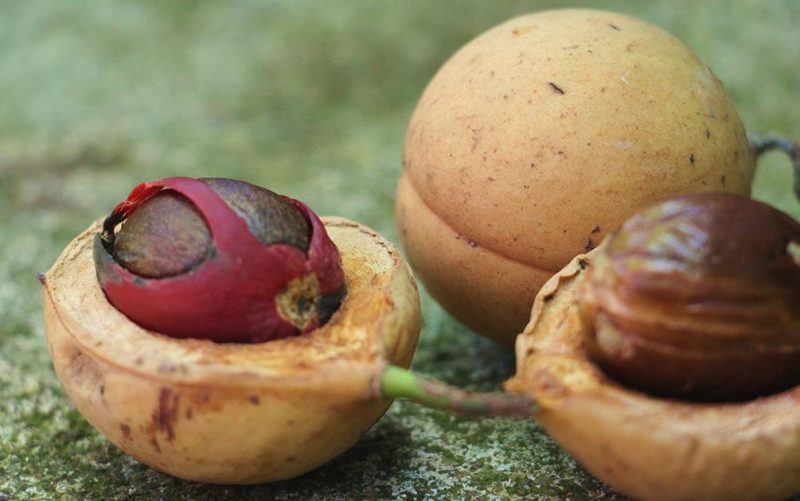
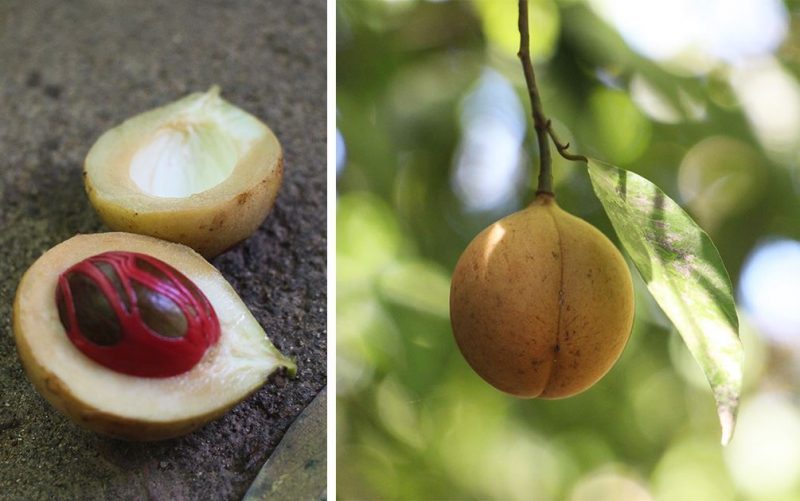
In 1665, the Dutch succeeded in banishing the British from the island of Run (Moluccas archipelago) and set fire to all the nutmeg plants to maintain the monopoly they had trading nutmeg. The British fleet fought ferociously to keep the island. In 1667, the Treaty of Breda put an end to this bloody conflict between these two large colonial powers. The Netherlands gave up the island of Manhattan (Nieuw Amsterdam) to the English in exchange for the island of Run. That’s how New York was exchanged!
Later on, the nutmeg tree was introduced to the island of Grenada, India, the West Indies, Madagascar and Sri Lanka.
« Curry leaves…the characteristic flavour of Sri Lanka »

Curry leaves, which are different from curry powder, come from the Rutaceae botanical family. Curry leaves have all sorts of names depending on the countries where they are used or how they are used: curry leaves, sweet neem leaves, Kaloupilé, caripoulé, cary, Maurraya koeniggi, kalupile, cari leaves, cari, kaloupilès, kaari, curry patha, … In India, they are used to make curry powder, an essential ingredient for curry dishes.

The Murraya koenigii plant was originally from India and was introduced to la Réunion by the Indians after slavery was abolished. It was planted around their homes and Malbar temples. It can also be found in the wild in Northern Thailand, Malaysia and Nepal.
In Sri Lanka, the dark green shiny leaves are used fresh to enhance dhal or rice dishes but they can also be fried together with finely chopped onions and used in stew and curry like dishes. They are also used dried to flavour the water when cooking rice or beans, like bouquet garni. According to ayurvedic medicine, you should eat a few curry leaves a day to help digestion and blood pressure.
 Français
Français 